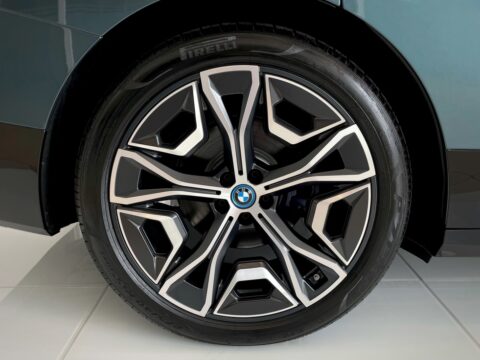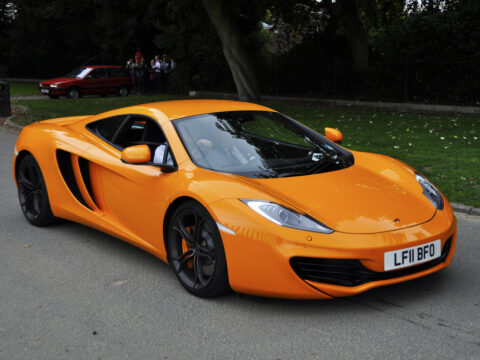Concept cars often push the boundaries of design and technology, showcasing what the future of the automotive world could look like. However, not all these innovative vehicles make it to the production line. Here are 18 obscure concept cars that, despite their impressive features and futuristic designs, never made it to market.
Contents
Chrysler Atlantic
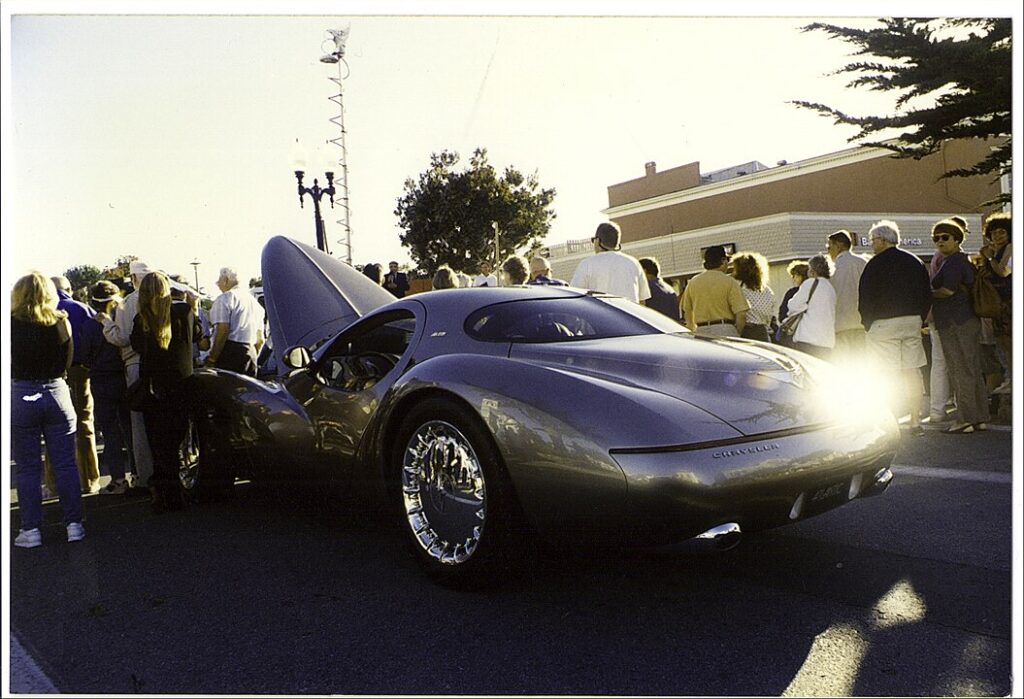
Inspired by the 1930s Bugatti Atlantics, the Chrysler Atlantic debuted in 1995. It featured sweeping curves and a long hood, evoking a sense of vintage elegance. Despite its nostalgic appeal, the car’s hefty V12 engine and impractical design kept it from reaching production. Enthusiasts admired its classic aesthetics, but it remained a showpiece.
Ford GT90
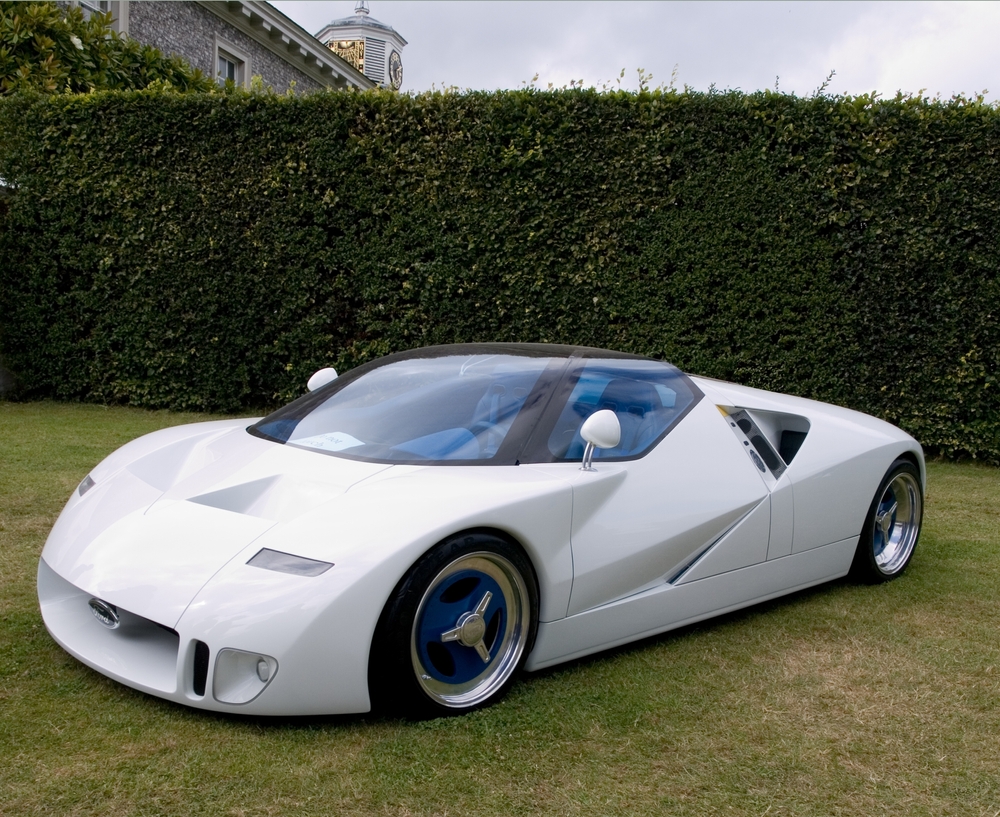
Unveiled in 1995, the Ford GT90 aimed to be a futuristic successor to the GT40. Its quad-turbocharged V12 engine, producing 720 horsepower, promised extraordinary performance. However, the car’s radical design and high production costs prevented it from being mass-produced. The GT90 remains legendary among concept cars for its ambitious engineering.
Cadillac Sixteen

The Cadillac Sixteen, introduced in 2003, was a luxury sedan with a massive V16 engine capable of switching between 4, 8, and 16 cylinders. Its innovative technology and opulent design were impressive, yet it was deemed too extravagant for production. Serving as a statement of Cadillac’s potential, the Sixteen remains a symbol of ultimate luxury and power.
BMW Nazca C2
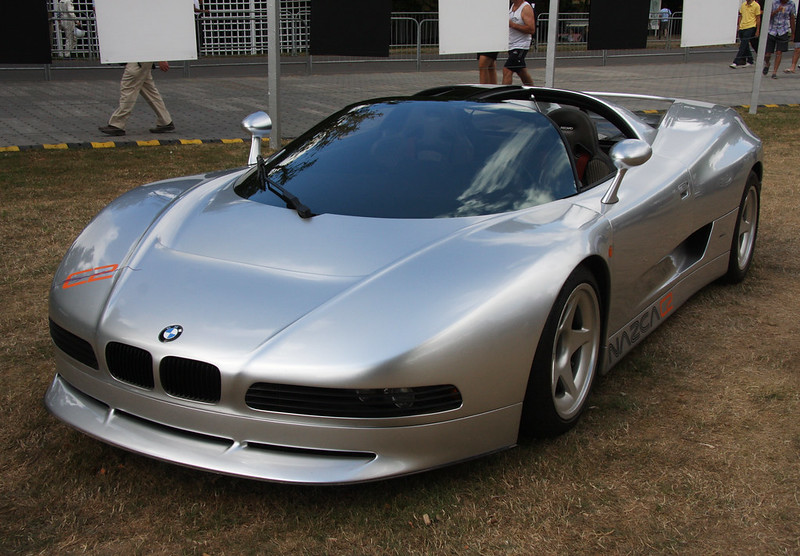
Designed by Italdesign in the early 1990s, the BMW Nazca C2 was a sleek, futuristic supercar with a carbon fiber body and a powerful V12 engine. Although it showcased BMW’s engineering prowess, high production costs and niche market appeal hindered its release. The Nazca C2 is still celebrated for its advanced aerodynamics and remains a highlight of BMW’s concept car history.
Mazda Furai
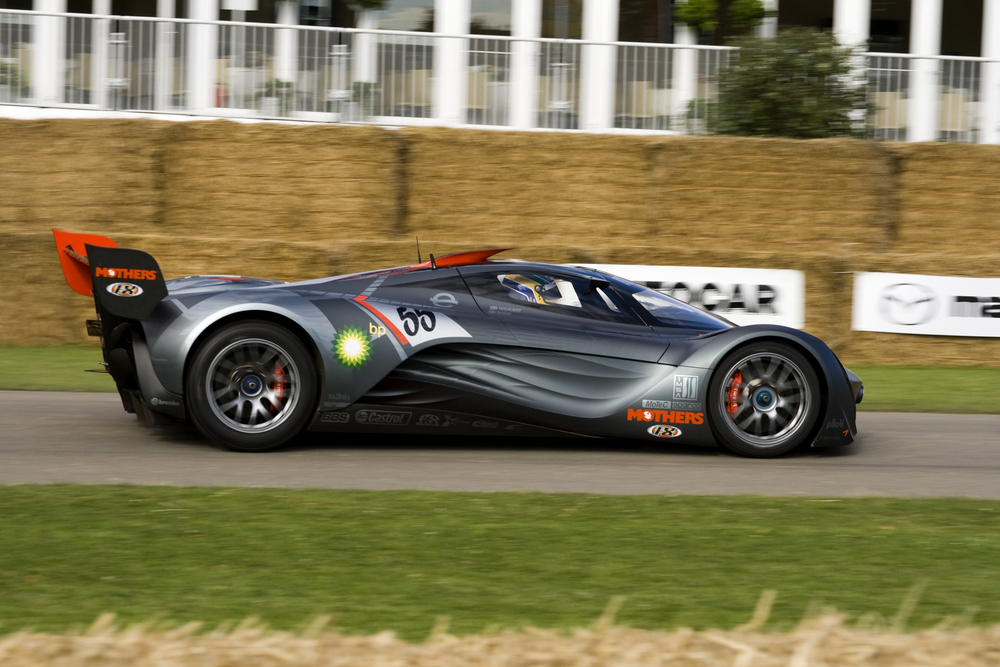
Revealed in 2008, the Mazda Furai combined striking design with performance-oriented engineering. Powered by a rotary engine running on ethanol, it promised eco-friendly racing capabilities. A tragic fire during testing destroyed the only prototype, ending its development prematurely.
Jaguar C-X75
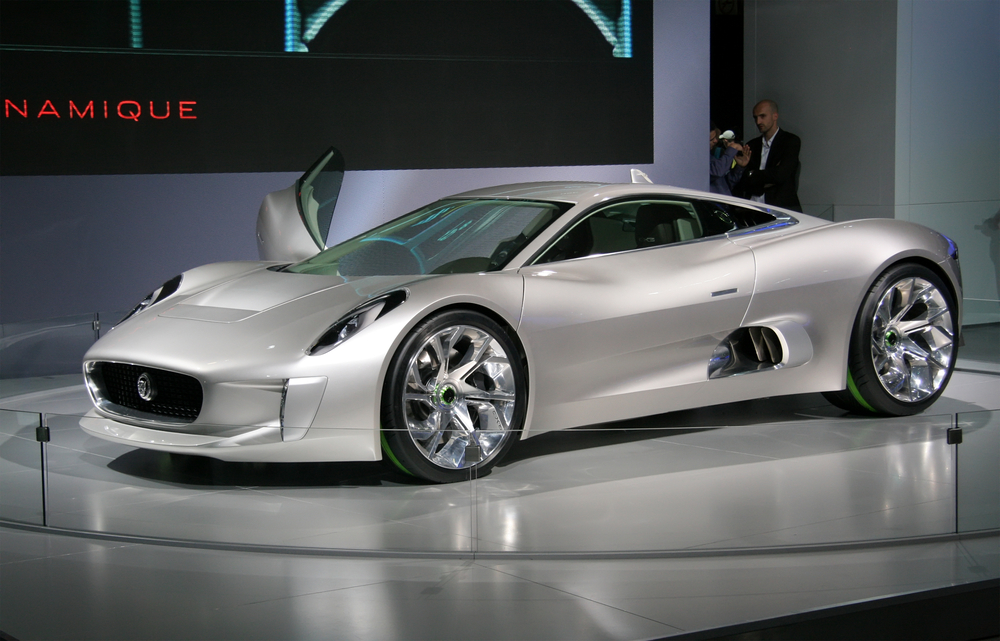
The Jaguar C-X75, unveiled in 2010, featured hybrid technology and jet turbine engines. This cutting-edge combination offered impressive performance and efficiency. Despite significant interest, economic conditions and high production costs led to its cancellation. The C-X75 is remembered for blending performance with sustainability.
Nissan IDX
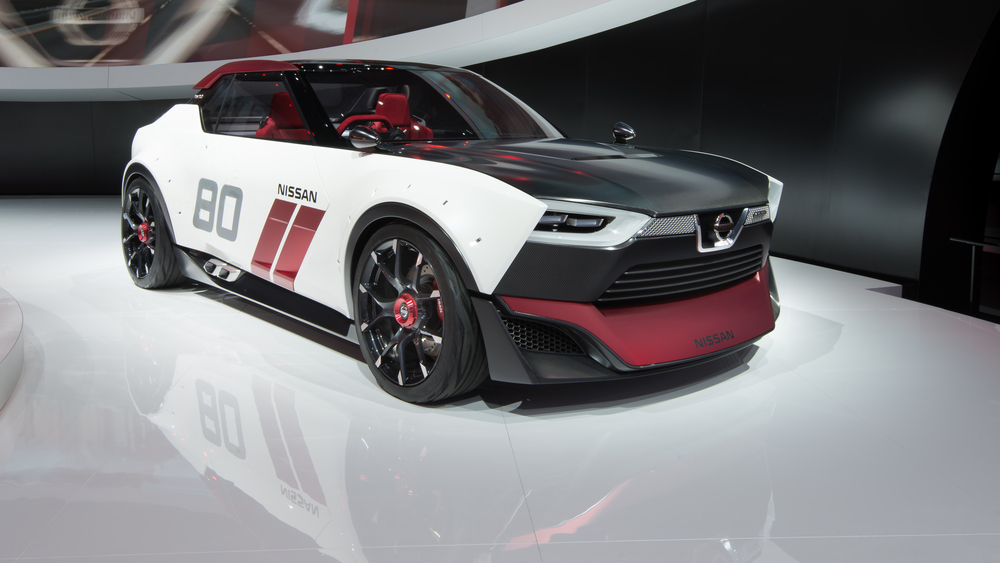
Introduced in 2013, the Nissan IDX concept aimed to revive the spirit of the classic Datsun 510. Its retro-inspired design and customizable options attracted car enthusiasts. However, shifting market demands and cost concerns halted its production. The IDX remains a missed opportunity for a modern classic, showcasing Nissan’s potential for blending past and present.
Lincoln MKR
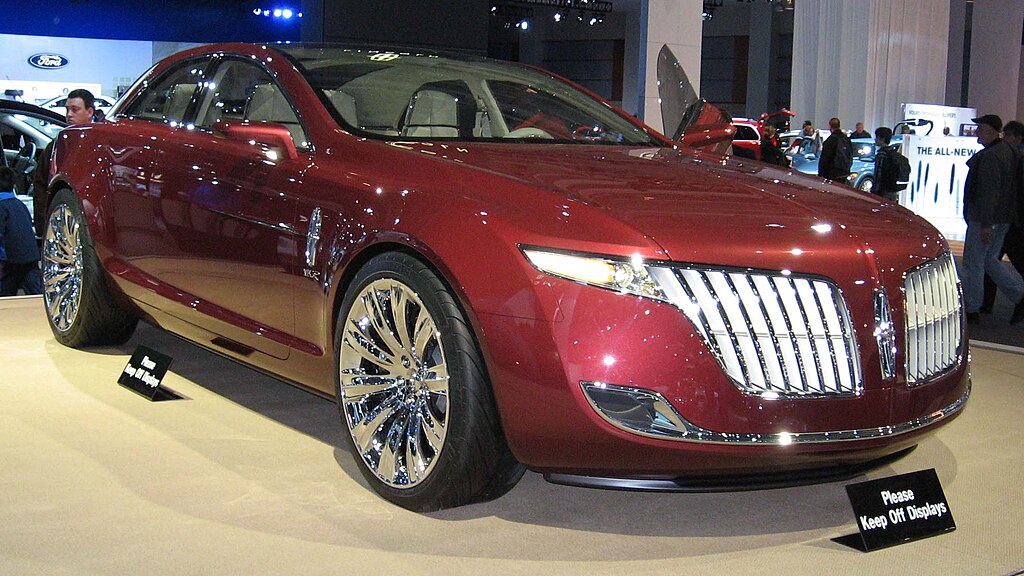
The Lincoln MKR, introduced in 2007, sought to redefine Lincoln’s design language with its bold, modern aesthetics. Equipped with a twin-turbocharged V6 engine, it promised both performance and efficiency. Despite positive reception, Lincoln’s shift in market strategy led to its cancellation.
Chevrolet Code 130R
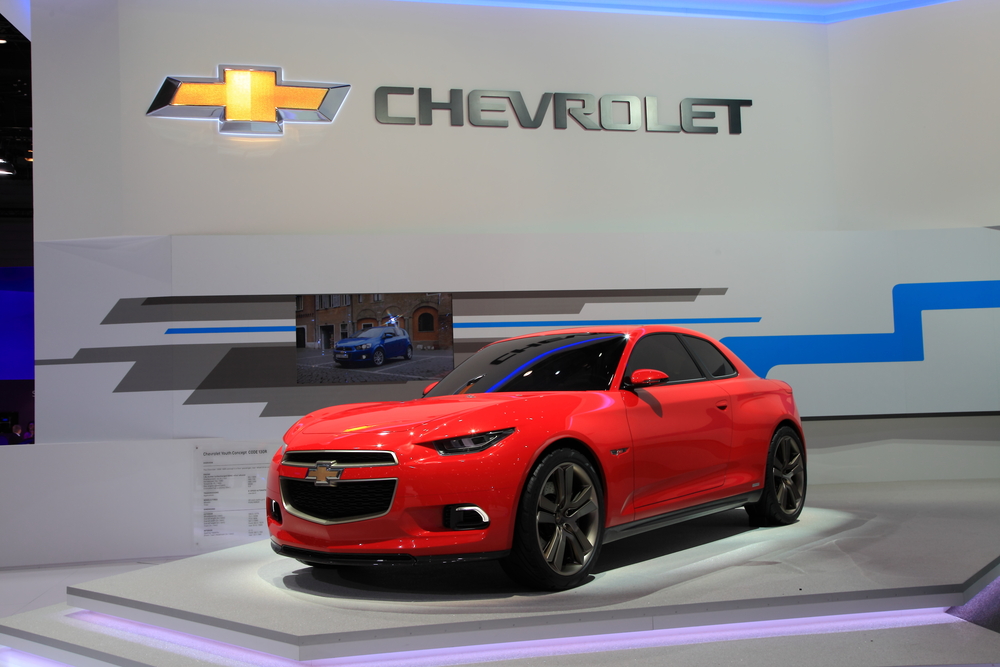
Unveiled in 2012, the Chevrolet Code 130R was a compact, rear-wheel-drive coupe designed for young drivers. It featured a turbocharged engine and sporty design. Despite its potential, GM decided against production due to market research and financial viability.
Renault Trezor
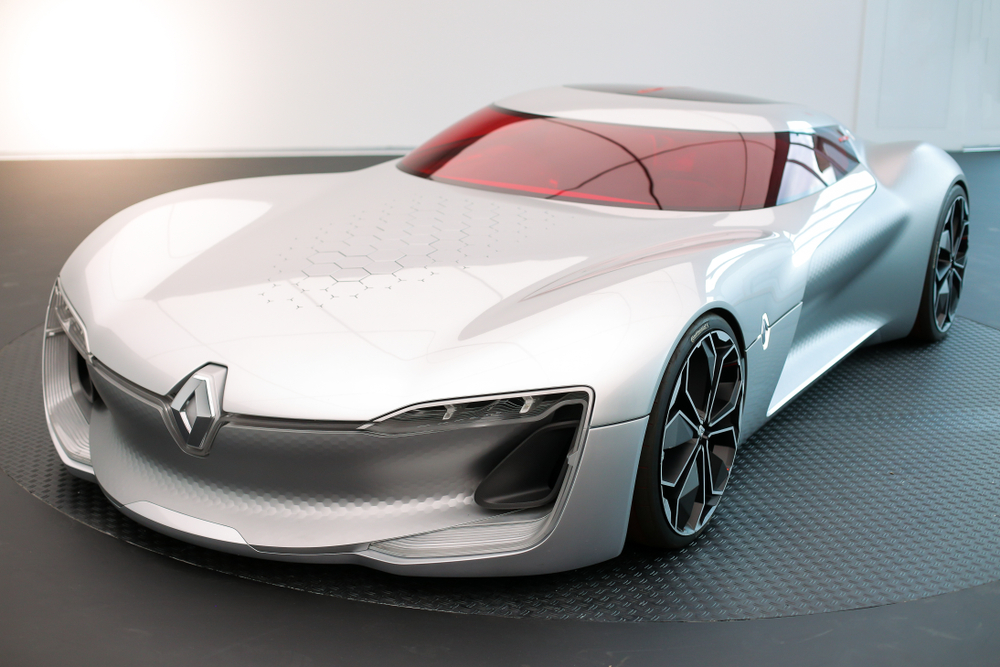
The Renault Trezor, introduced in 2016, was a futuristic electric concept car with a sleek, aerodynamic design. Its unique one-piece canopy door and advanced autonomous driving features wowed audiences. However, high costs and complex technology prevented it from reaching the market.
Toyota FT-HS
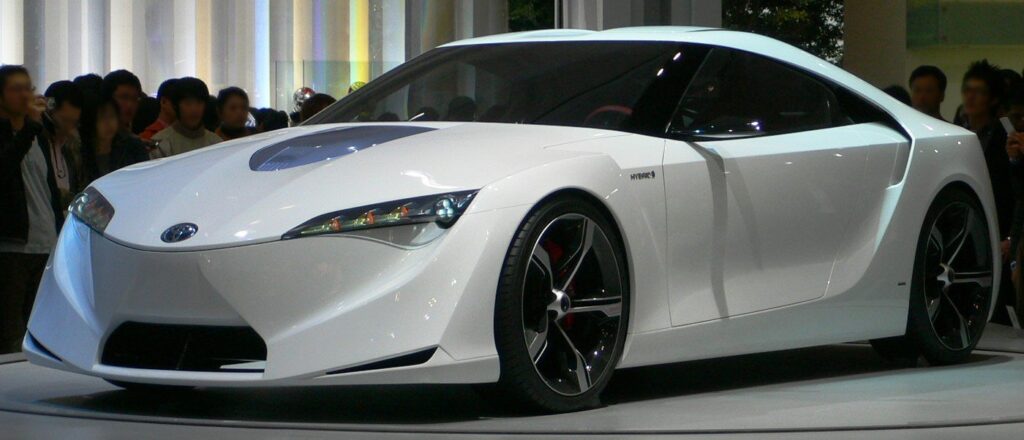
Revealed in 2007, the Toyota FT-HS was a hybrid sports car concept aimed at combining performance with eco-friendliness. It featured a V6 engine paired with an electric motor, promising over 400 horsepower. Despite its innovative approach, it never made it to production due to shifting market priorities.
Buick Avista
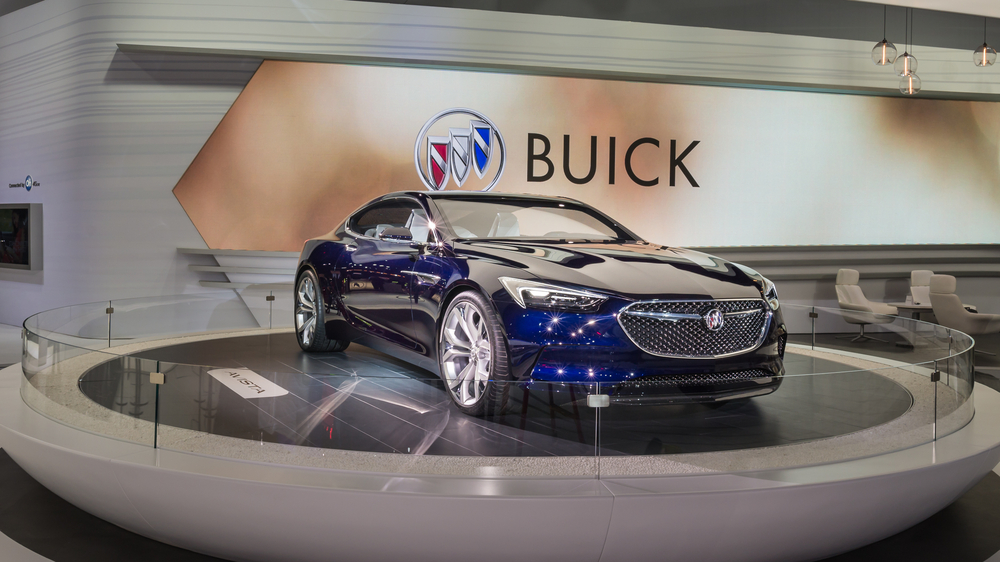
Introduced in 2016, the Buick Avista was a sleek coupe powered by a twin-turbo V6 engine. Its modern design and high performance generated significant buzz. Despite the excitement, GM chose not to produce it, focusing instead on SUVs and crossovers. The Avista remains beloved among car enthusiasts for its stylish performance potential.
Lamborghini Estoque
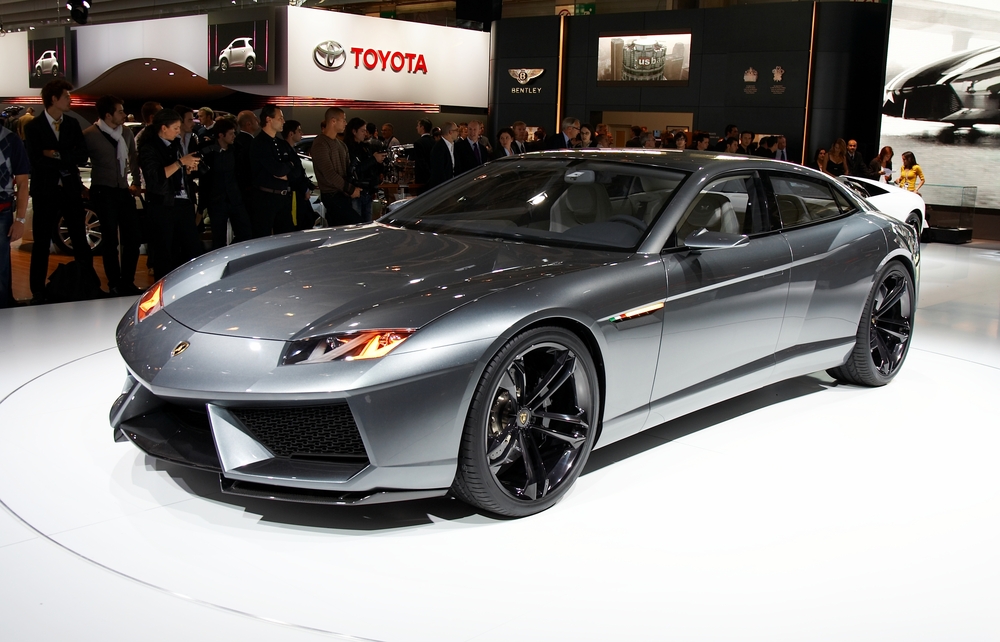
Revealed in 2008, the Lamborghini Estoque was a four-door sedan concept designed to expand Lamborghini’s lineup. Its aggressive design and powerful V10 engine made it a standout. Despite positive reception, Lamborghini chose not to pursue production due to market strategy.
Subaru B11S
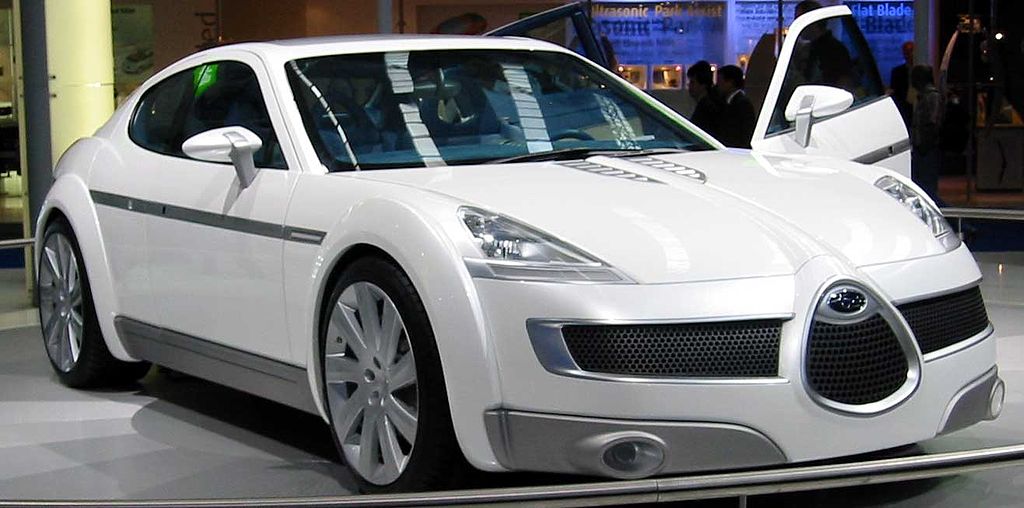
Introduced in 2003, the Subaru B11S was a luxury coupe concept with a distinctive design. Featuring a twin-turbocharged engine and all-wheel drive, it boasted innovative features. However, Subaru decided against production, focusing on more practical models.
Honda HSV-010 GT
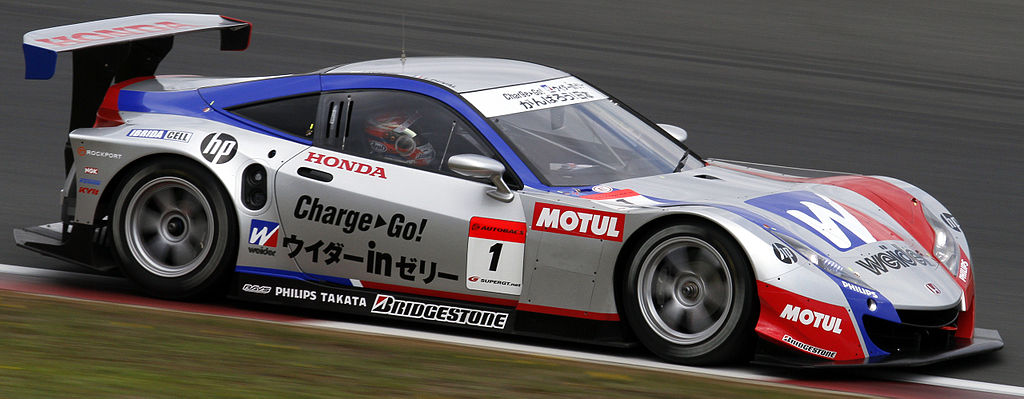
The Honda HSV-010 GT, revealed in 2010, was initially intended as a successor to the NSX. Equipped with a powerful V8 engine and advanced aerodynamics, it promised exceptional performance. However, changes in racing regulations and market strategy led to its cancellation.
Chrysler ME Four-Twelve
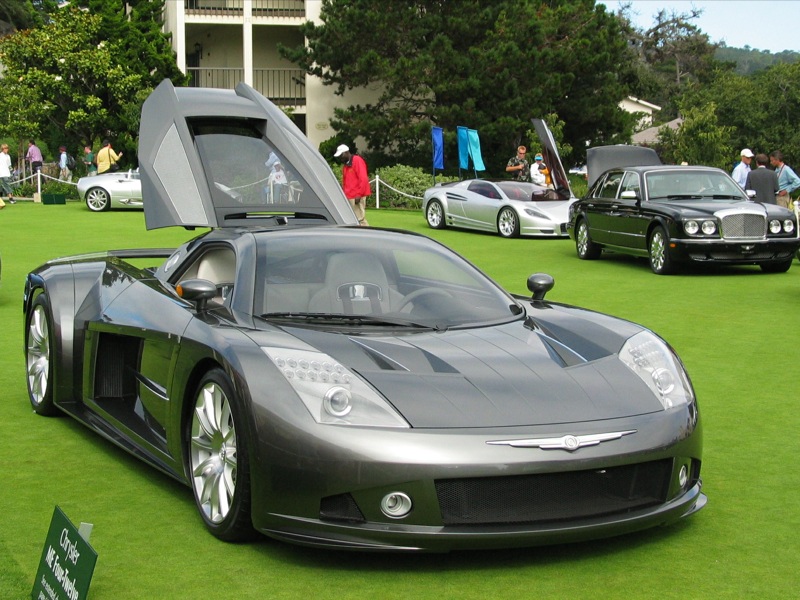
Introduced in 2004, the Chrysler ME Four-Twelve was a supercar concept featuring a quad-turbo V12 engine producing 850 horsepower. Its blistering speed and advanced design garnered significant attention. Despite its potential, high production costs and market considerations prevented its release.
Peugeot Onyx
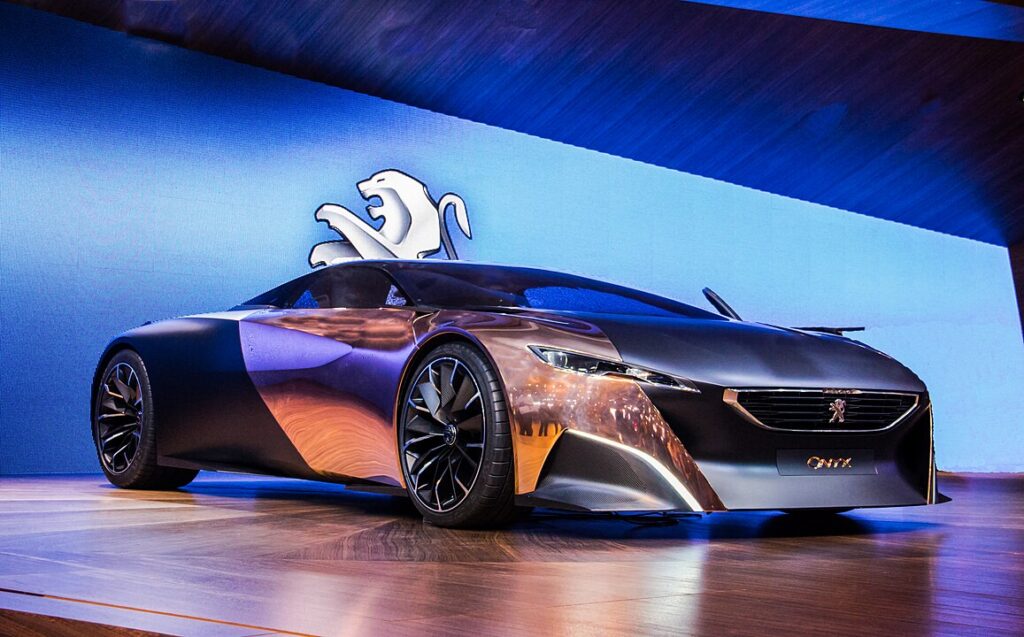
Introduced in 2012, the Peugeot Onyx was a striking supercar concept featuring a hybrid powertrain. Its copper and carbon fiber body made it a visual standout. Despite its innovative design, production costs and market viability concerns kept it from reaching the market.
Audi Nanuk Quattro

The Audi Nanuk Quattro, revealed in 2013, was an off-road supercar concept with a powerful V10 diesel engine. Its blend of high performance and rugged capability intrigued many. However, the niche market appeal and production costs led to its cancellation. The Nanuk Quattro remains an interesting chapter in Audi’s concept history, highlighting the brand’s exploration of unconventional design.
This article originally appeared on MyCarMakesNoise.
More from MyCarMakesNoise
13 Electric Cars with Stellar Reliability Scores

In the ever-evolving world of electric vehicles (EVs), reliability remains a top priority for buyers. Consumer Reports has rigorously tested numerous models to identify the most dependable EVs on the market today. Read More.
14 Reasons Why the 1956 Dodge Coronet D500 Stands Out
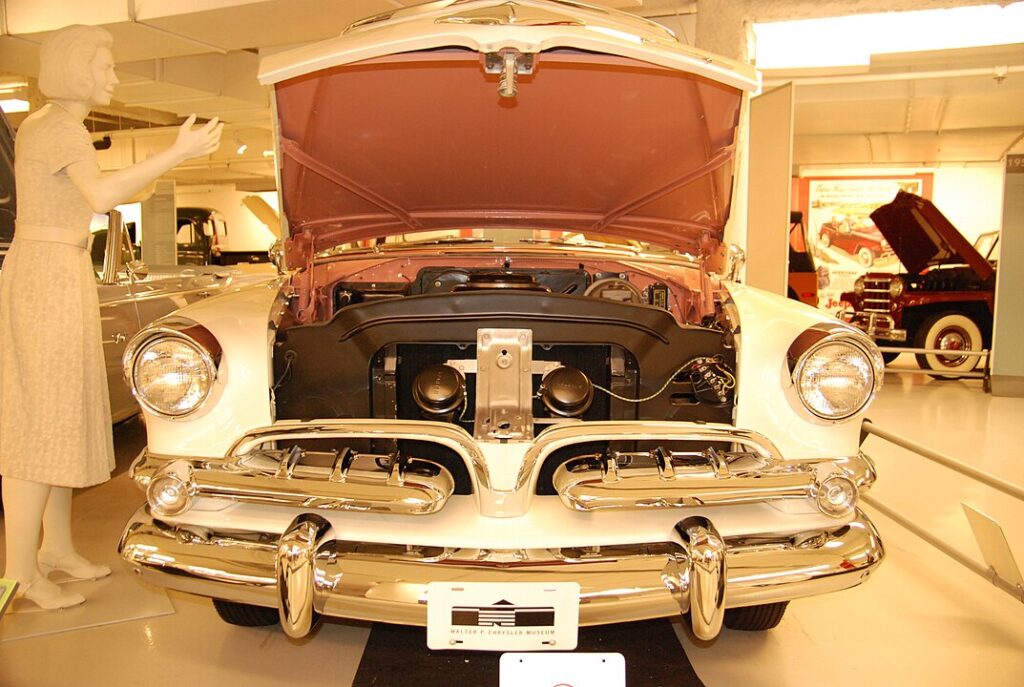
The 1956 Dodge Coronet D500 is a car that continues to captivate enthusiasts and collectors alike. With its sleek design, powerful performance, and unique features, it stands out in the world of classic automobiles. Read More.
Top 20 Pickup Trucks for Comfortable Long-Distance Travel
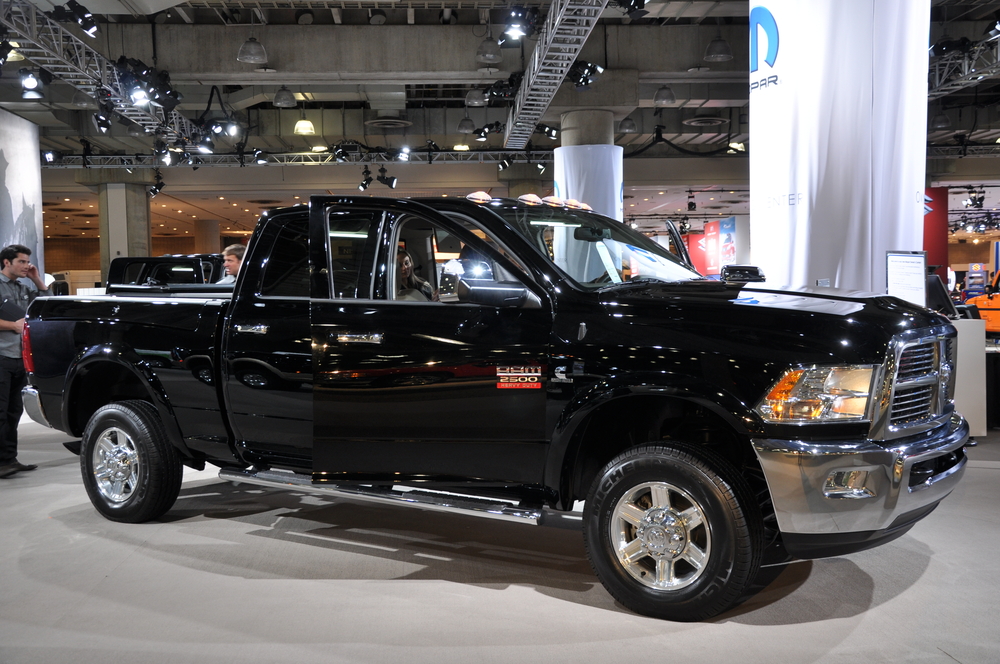
For adventure seekers and road warriors, the right vehicle can make all the difference. Pickup trucks are ideal for those looking to combine daily functionality with rugged, long-distance travel capabilities. Read More.

